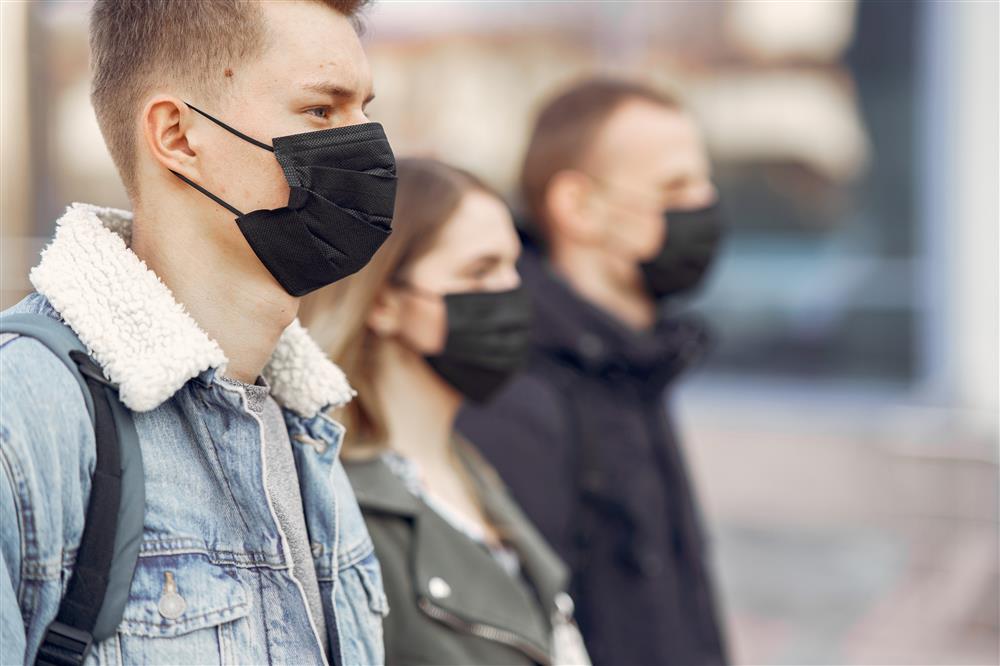Everything about Flu – what you need to know

Every year, millions of people get sick with influenza.
WHO estimates that seasonal influenza causes 3 to 5 million cases of severe illness and up to 650,000 respiratory deaths annually.
But did you know that getting the flu isn’t just about a stuffy nose or a cough? For some, it can lead to serious complications, hospital stays, or even death.
Influenza is common all over the world, and most people can recover on their own. Influenza is different from ordinary colds. It is many many times more severe than colds.
Colds are usually caused by rhinovirus, and symptoms are mainly concentrated in the upper respiratory tract, including nasal congestion, cough and sore throat.
In contrast, influenza is caused by the influenza virus, and the symptoms are more severe, such as high fever, general soreness and chills, and may even cause gastrointestinal discomfort such as nausea and diarrhoea.
The symptoms of influenza are not limited to the upper respiratory tract, but also affect the whole body, making patients extremely tired. When flu is complicated by complications such as pneumonia, it may be life-threatening, especially for the older person or people with chronic diseases.
We have simplified four indicators to distinguish symptoms:
1. Sudden attacks and duration: Flu symptoms usually appear suddenly and last for several days to a week, while cold symptoms are usually slower.
2. Fever: Flu is often accompanied by high fever, while colds are less common.
3. Systemic symptoms: Influenza patients usually feel sore and tired all over the body, while the effects of a cold are more limited to the head and throat.
4. Gastrointestinal problems: Influenza causes vomiting or diarrhoea more often than colds.
In short, Flu hits harder and faster, while a cold is milder and slower.
Now, let us summarise a few key points on influenza:
- How many types of influenza? There are four types of influenza viruses: A, B, C, and D. Type A and B are the main culprits during flu seasons, with type A being more widely associated with pandemics and larger outbreaks.
- Who are the high risk groups? The high-risk groups for influenza include: Young children (especially under 5 years old). Older adults (65 and older). Pregnant women. People with chronic health conditions (like asthma, diabetes, or heart disease)People with weakened immune systems (due to conditions like HIV/AIDS or cancer treatment).These groups are more likely to experience severe illness or complications from the flu.
- Is it contagious? Influenza is highly contagious. It spreads easily through droplets when an infected person coughs, sneezes, or even talks. You can catch it by being close to someone sick or touching surfaces that have the virus on them and then touching your face. It spreads quickly, especially in crowded places like schools or offices.
- How many days incubation period for influenza? he incubation period for influenza is typically 1 to 4 days after exposure to the virus, with an average of about 2 days. This is the time between being exposed to the virus and the appearance of symptoms. During this period, you can still spread the virus to others, even if you don’t feel sick yet.
- Is there vaccines available for influenza ? Is it dangerous? For most people, getting the influenza vaccine is safe and highly recommended. It’s the best way to reduce your risk of getting the flu and its potentially serious complications.
- Can we still get flu if we are vaccinated? Yes, it’s still possible to get the flu even if you’re vaccinated, but the chances are much lower, and if you do get sick, the illness is usually milder. The flu vaccine doesn’t guarantee 100% protection, but it significantly reduces your risk of severe symptoms, hospitalization, and complications.
- Are there any treatments for influenza? Antiviral medications: If caught early (within 48 hours), your doctor might prescribe antivirals (like Tamiflu) to shorten the duration of the flu. Influenza treatment mainly focuses on easing symptoms and helping you recover faster:
- Rest: Give your body time to heal.
- Fluids: Drink plenty of water, soup, or electrolyte drinks to stay hydrated.
- Over-the-counter medications: Pain relievers (like paracetamol or ibuprofen) to reduce fever and aches.
When should I see a doctor?
If the symptoms of cold or flu persist for more than a week, or if there are warning signs such as high fever and dyspnoea, you should seek medical attention immediately. Especially for the elderly, infants or high-risk groups with chronic diseases, early help from medical professionals is the key to ensuring health.
Whether it’s a cold or the flu, correctly identifying symptoms and taking appropriate measures can help us stay healthy in the cold season and stay away from the threat of pain.
